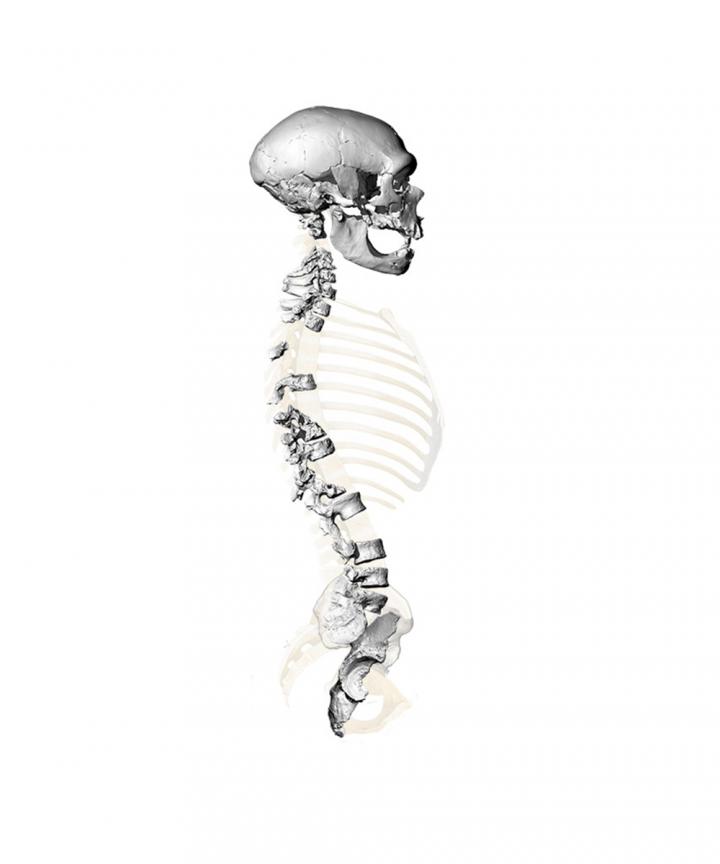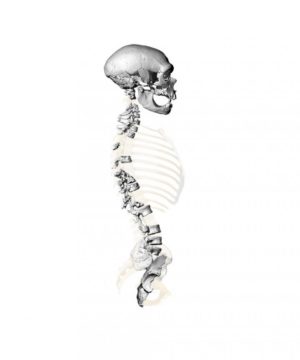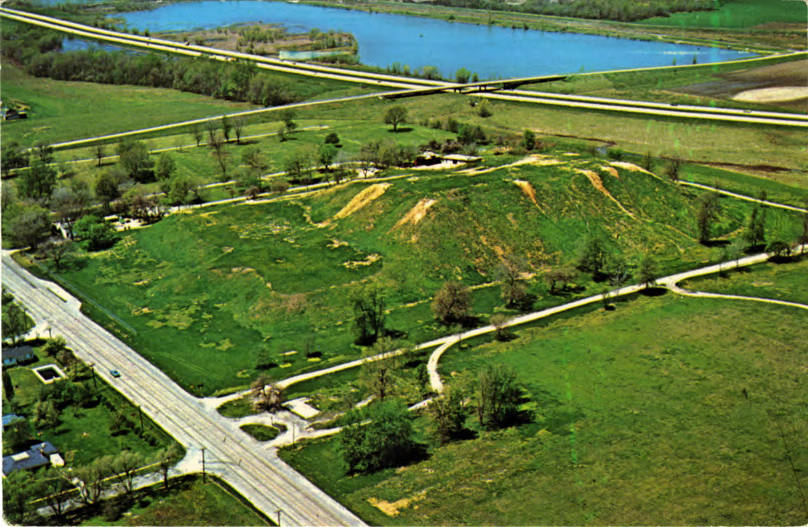
RAS Institute of Archaeology—Researchers from the RAS Institute of Archaeology have found a burial site from 4,500 years ago, just 80 kilometers from Moscow. The find was made during building work for a new private school. Experts identified rare items such as battle-axes, spear-tips, arrows and knife blades, alongside ceramic burial vessels. Scientists believe the site had been a settlement of Fatyanovo culture, as evidenced by the eastern origins of the battle-axes and corded-ware ceramics. The find is a significant event for Russian archaeology, since no similar site has been uncovered for the past quarter-century.
“What’s special about these finds are their extreme rarity” said Dr Asya Engovatova, Deputy Director of the RAS Institute of Archaeology. “We could never hope to predict such finds. The last time a site of this kind was uncovered was twenty-five years ago – a huge interval, in scientific terms. Over the intervening period new research technologies have become available – meaning that we can analyze these artifacts at an entirely new level.”
The Fatyanovo culture is identified by archaeologists as a period of the Middle Bronze Age, whose sites are widely spread over the modern-day area of Western Russia, Poland, the Baltic States, Finland, Poland, Belarus. snd Germany. It takes its name from excavations at the village of Fatyanovo, conducted in 1873 by archaeologist Alexei Uvarov — who found the first such cemetery.
Fatyanovo sites are characterized by finds of ceramics with ‘corded’ ornamentation, and of weaponry such as battle-axes. It seems to have been a funeral tradition to inter a battle-axe in men’s burials. During the mid-3rd millenium BC, tribes of this ‘battle-axe’ culture began migrating eastwards along river valleys – either conflicting, or living peaceably with local tribes – hunters, fishermen, and gatherers – who had lived there previously, such as tribes of the Volovo culture. The Fatyanovo people were the first to first to raise cattle in the forest zones of the Russian plains, and to practice slash-and-burn agriculture, or to engage in metal-working with copper and bronze. Later, three millennia ago, the Fatyanovo people disappeared – dispersed among the tribes of the Volga & Oka intersection.
The Fatyanovo people had their own distinctive burial traditions, which depended on the gender of the deceased. Men were buried with their bodies curled on their right side, and their heads facing west – whereas women were placed on their left side, with their heads facing east. The funeral pit was strengthened with wooden planking or birch bark, or intertwisted sticks. Above, the pit was sealed with
timber planks. The burial site in Moscow County Region contained the typical funerary attributes which the Fatyanovo people chose to accompany them in the ‘afterlife’. A wedge-shaped axe of polished flint – not merely a funerary ornament, but a working tool that had practical applications. Flint arrowheads were also found in the grave, along with long sharp flint blades, apparently for use as knives. The deceased were seen off into the afterlife with ornamental vessels, decorated with the characteristic cord-pattern ornamentation of the Fatyanovo people. These vessels were not cleaned during the excavation – in case some traces of food had been left inside them.
The battle-axes found at the Moscow County Region site are fashioned from Diorite stone (Greenstone), and are a representation of bronze axes – they have the protruding rib, which, on metal blades, would be their point of contact with the mold. This kind of axe was used in battle, mostly for splitting heads – a blow from such a weapon would have been a fatal wound.
The finds retrieved from this Fatyanovo culture cemetery will form the basis for a study of the sources of this culture. “We do not have a full picture of who the Fatyanovo people were”, said Dr Asya Engovatova. “In Russia, their DNA has never been analyzed. This means that every new Fatyanovo site uncovered is a unique opportunity for researchers. If we could only recover some bone material, we could use modern DNA-extraction techniques, to find out what their origins had been”.
As the scientists carrying out the excavations admitted, the problem with researching Fatyanovo culture burials is that they are most often found in sandy soil – an environment in which bone material is poorly preserved. From the dozens of fresh samples of decayed wood and coal from the roof of the funeral chamber, radiocarbon analysis may be able to put an accurate date, for the first time, on a Fatyanovo burial site. This will bring new scientific data into play, and such a dating would enable comparisons to be made with similar Cordware Culture sites in other locations in Europe – and make a reliable basis for determining the locations of the Fatyanovo people in this wider community.
_______________________________
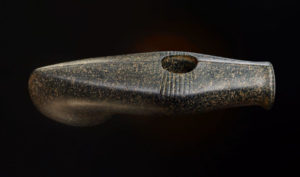
Stone Battle-Axe, Fatyanov Culture,Bronze Age (one of the Battle-Axe and Corded Ceramics cultures), Material from a burial site at Pavlovskaya Sloboda, Moscow County Region. 535 grams. length 16 cm, made from diorite. RAS Institute of Archaeology
_______________________________
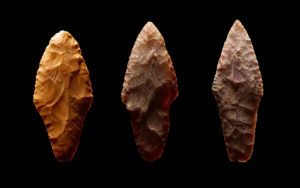
Flint Spear-Heads. Lengths: 9, 9,5 cm and 13 cm. Fatyanov Culture,Bronze Age (one of the Battle-Axe and Corded Ceramics cultures), Material from a burial site at Pavlovskaya Sloboda, Moscow County Region. RAS Institute of Archaeology
_______________________________
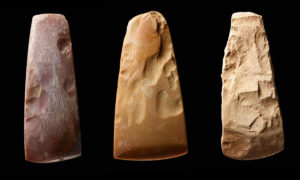
Flint Axe-Heads. Lengths: 11,14cm and 14,5cm. The taper on these axe-heads shows that they saw significant practical use. Fatyanov Culture,Bronze Age (one of the Battle-Axe and Corded Ceramics cultures), Material from a burial site at Pavlovskaya Sloboda, Moscow County Region. RAS Institute of Archaeology
_______________________________
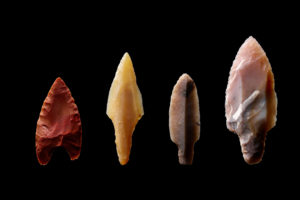
Flint Arrow-Heads, Lengths from 3.5cm to 6.7cm. It’s interesting to note the range of different kinds of arrow-head found at a single burial site. Fatyanov Culture,Bronze Age (one of the Battle-Axe and Corded Ceramics cultures), Material from a burial site at Pavlovskaya Sloboda, Moscow County Region. RAS Institute of Archaeology
_______________________________
Article Source: RAS Institute of Archaeology news release


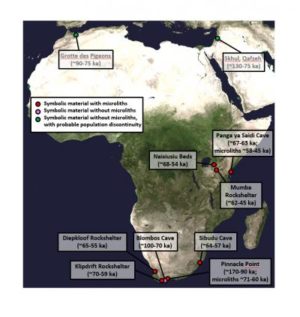

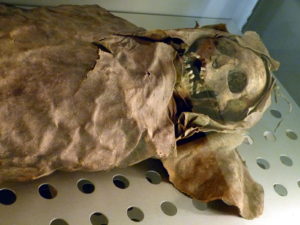
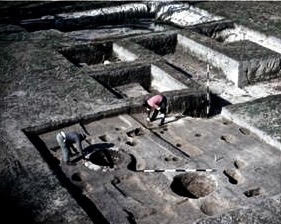

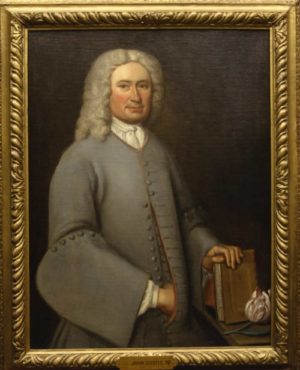
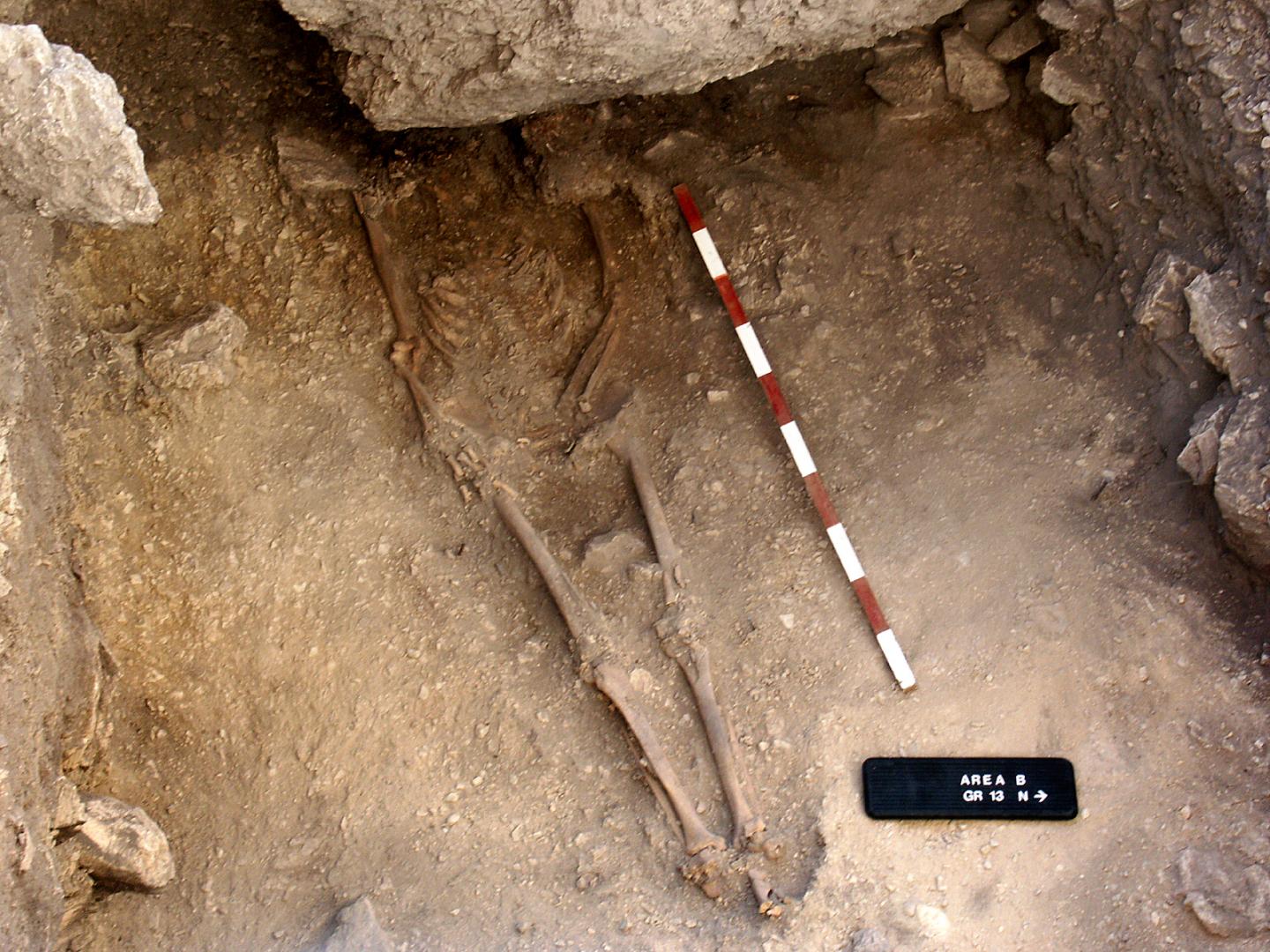
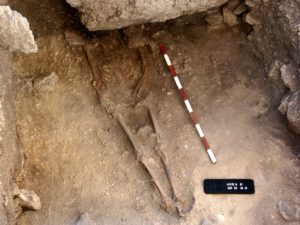
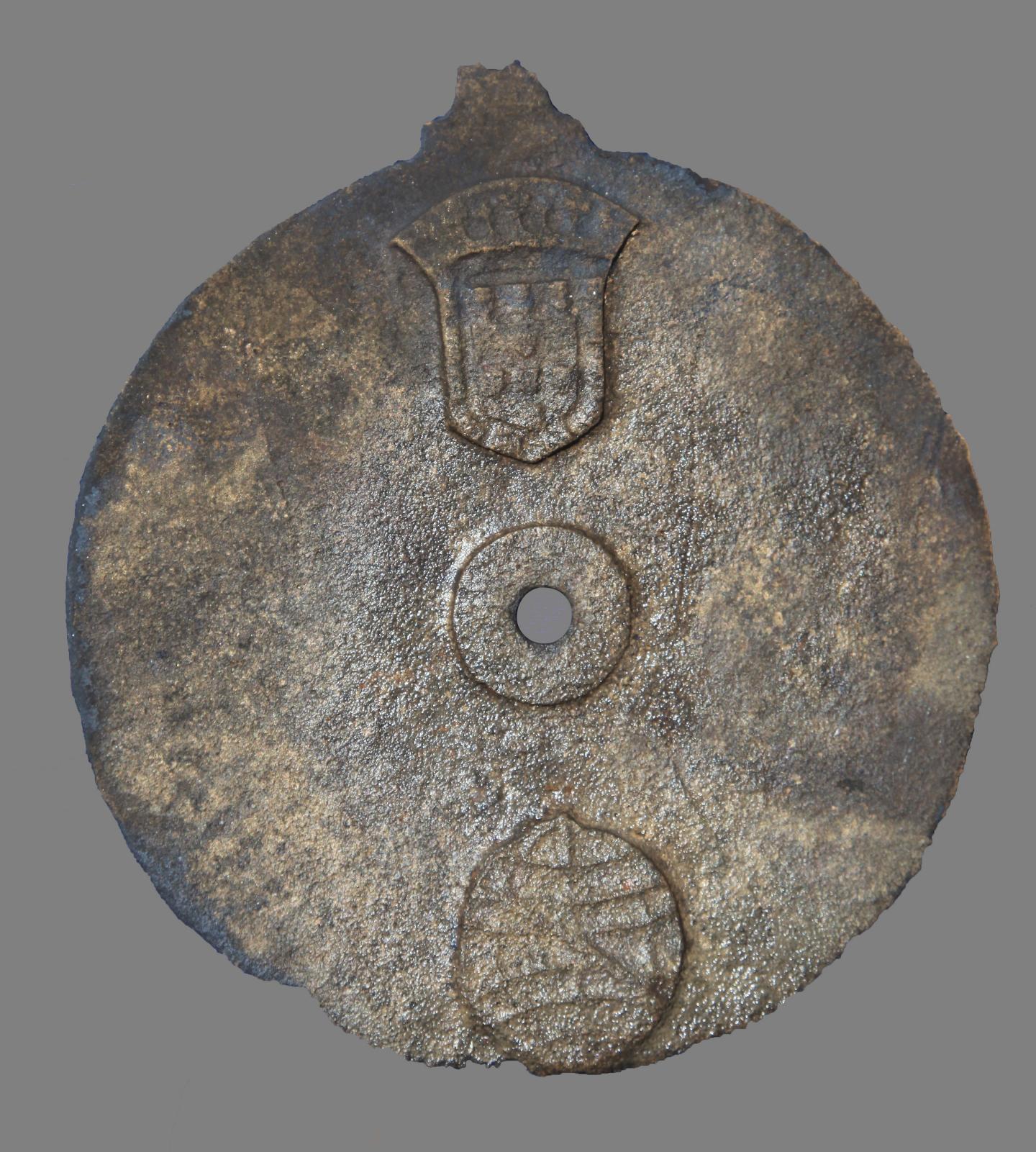
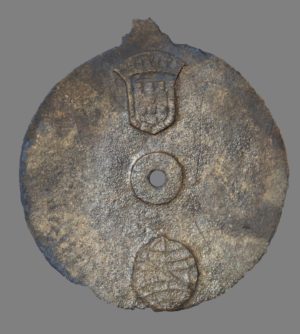
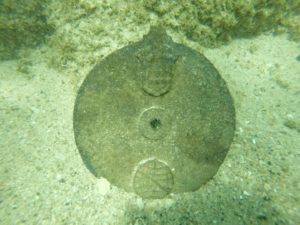
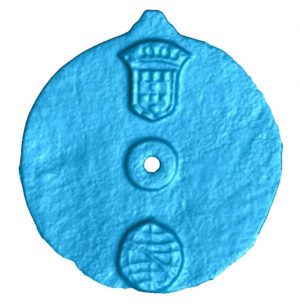
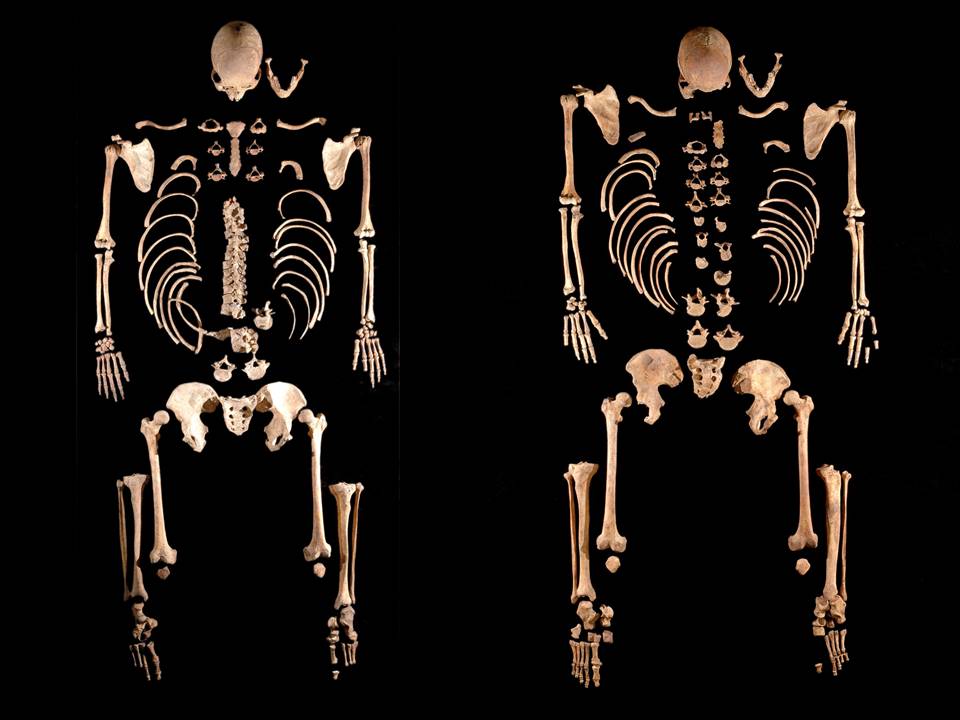
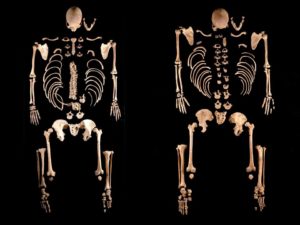
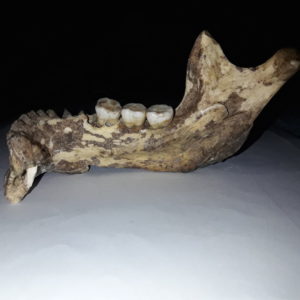
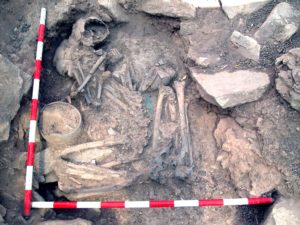
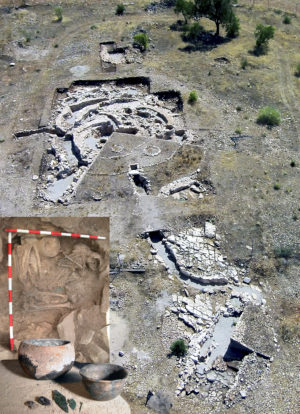

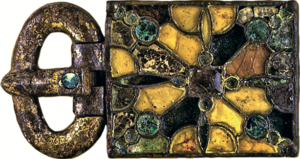
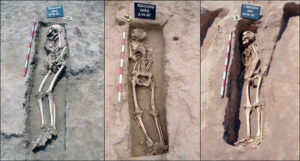
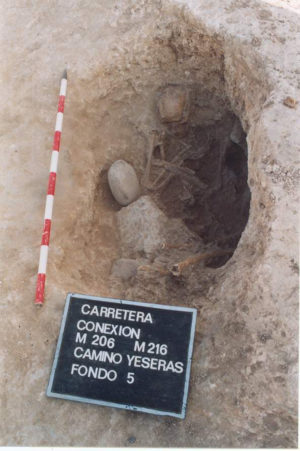
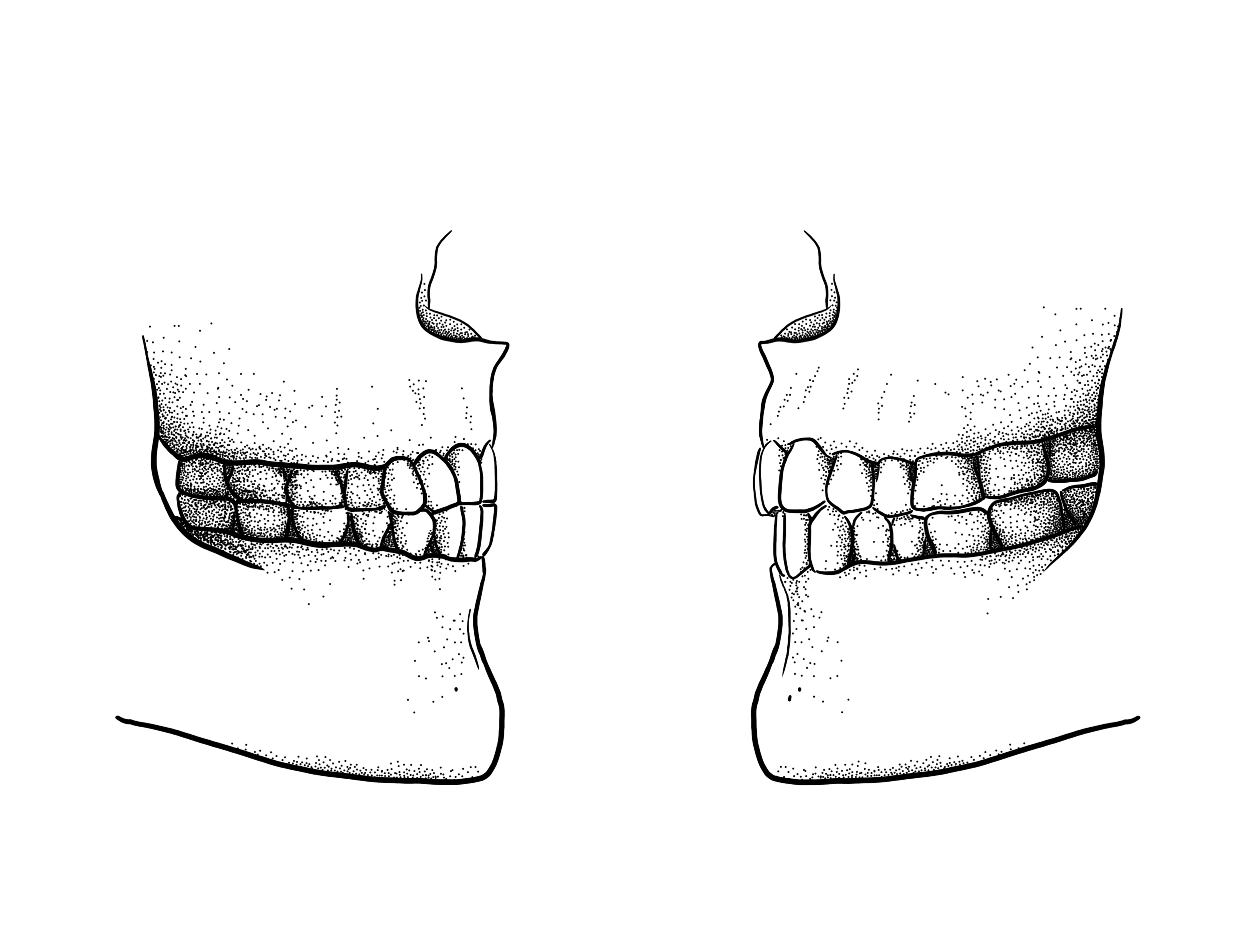

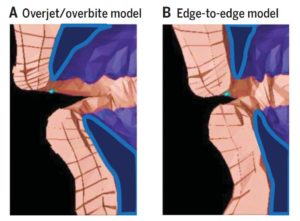
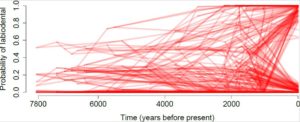


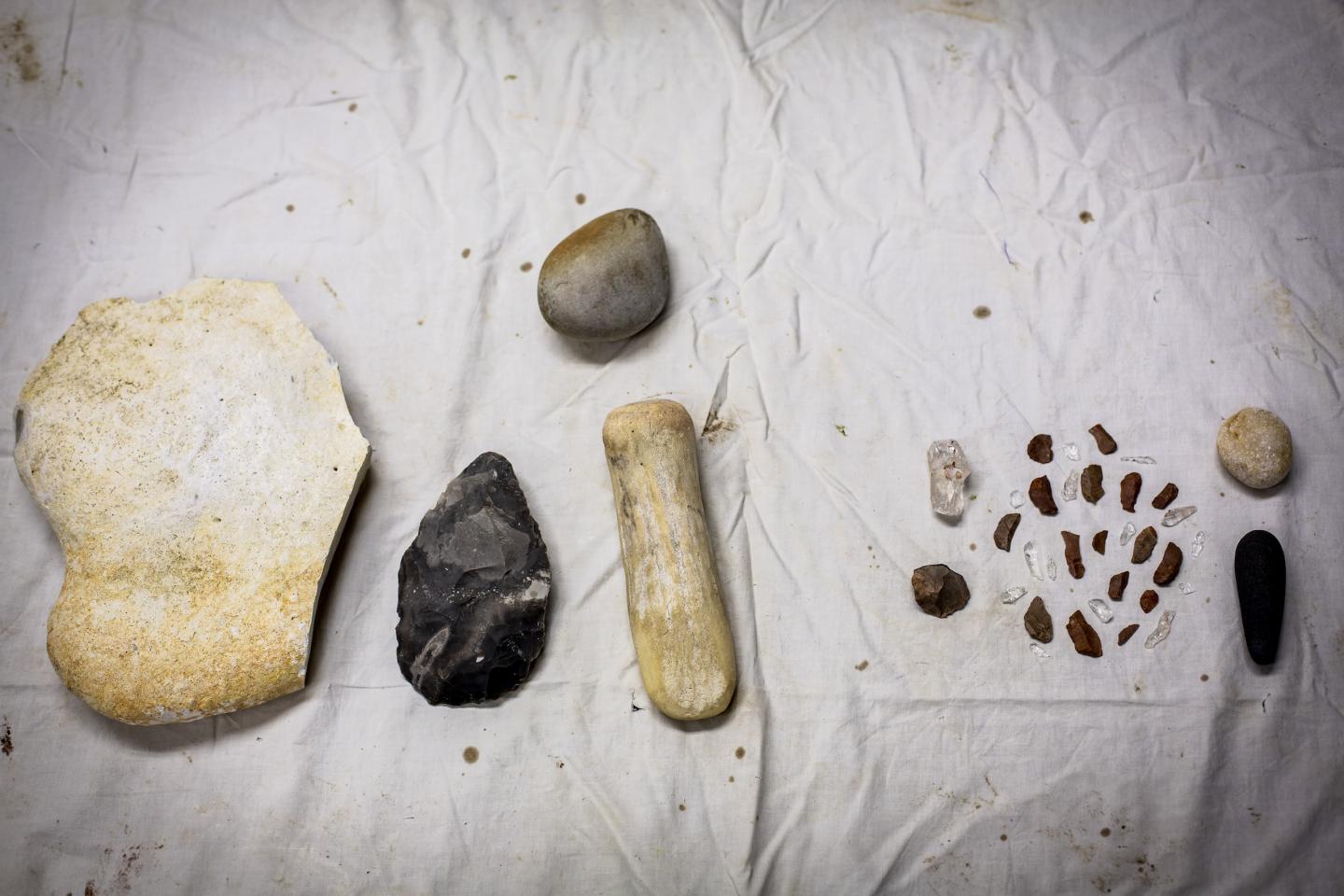
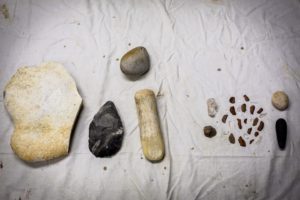
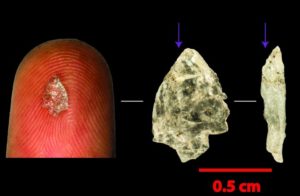


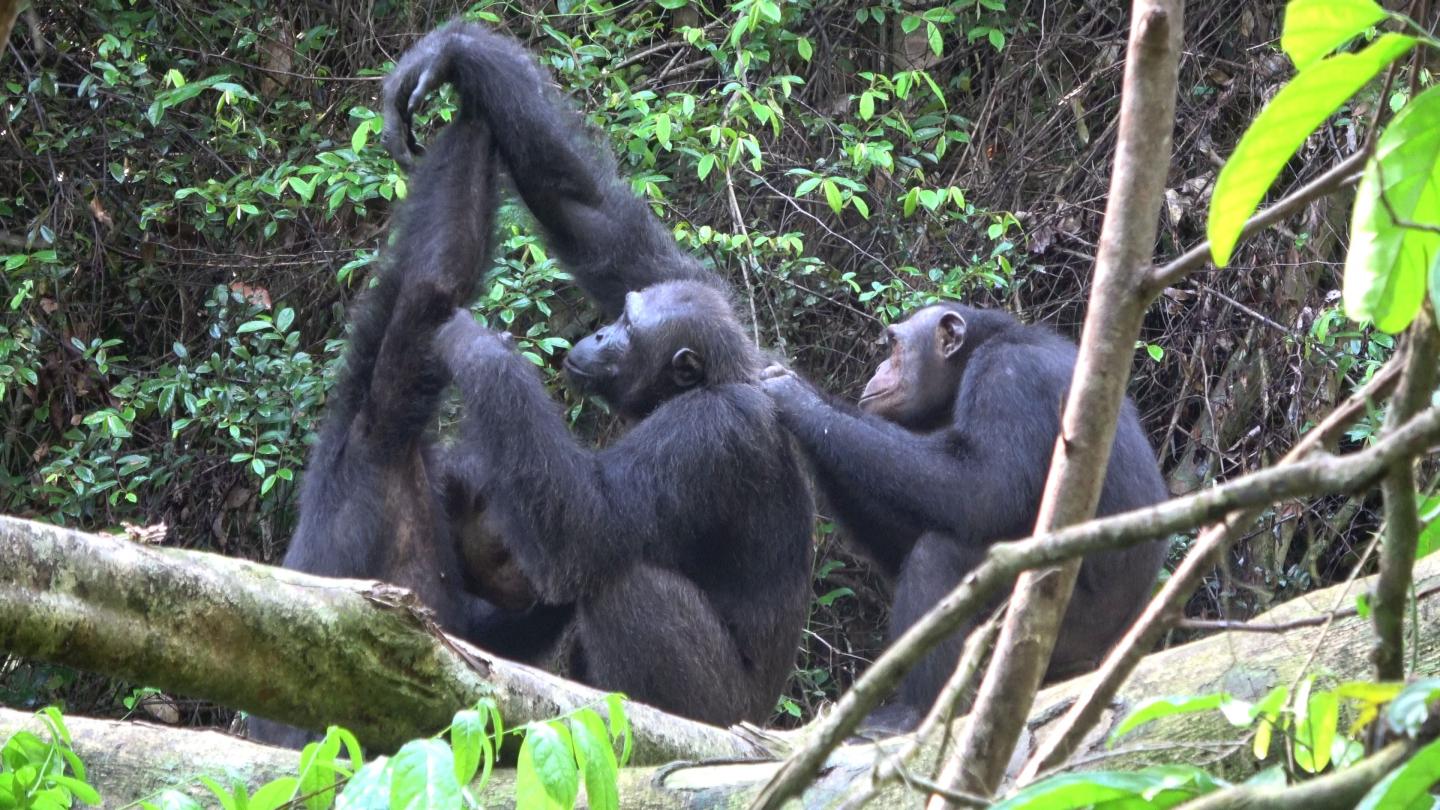
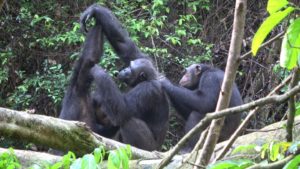
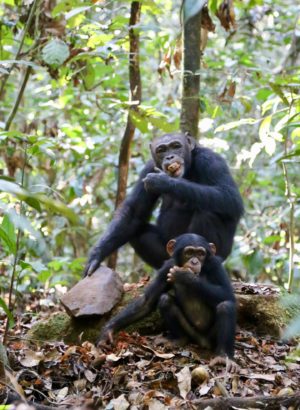
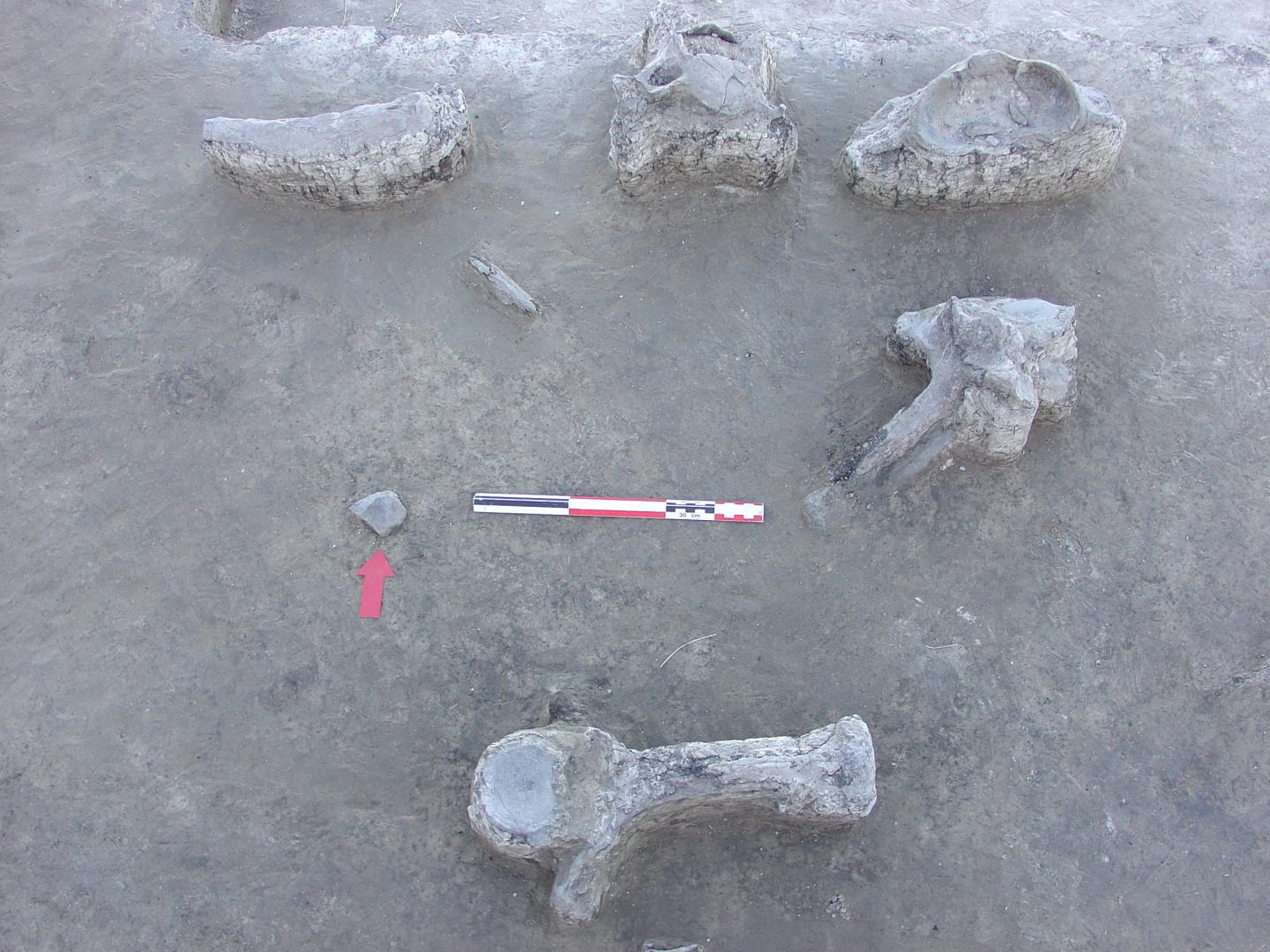
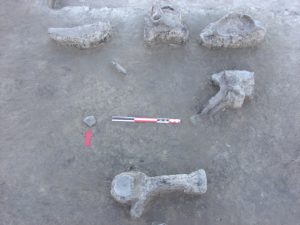
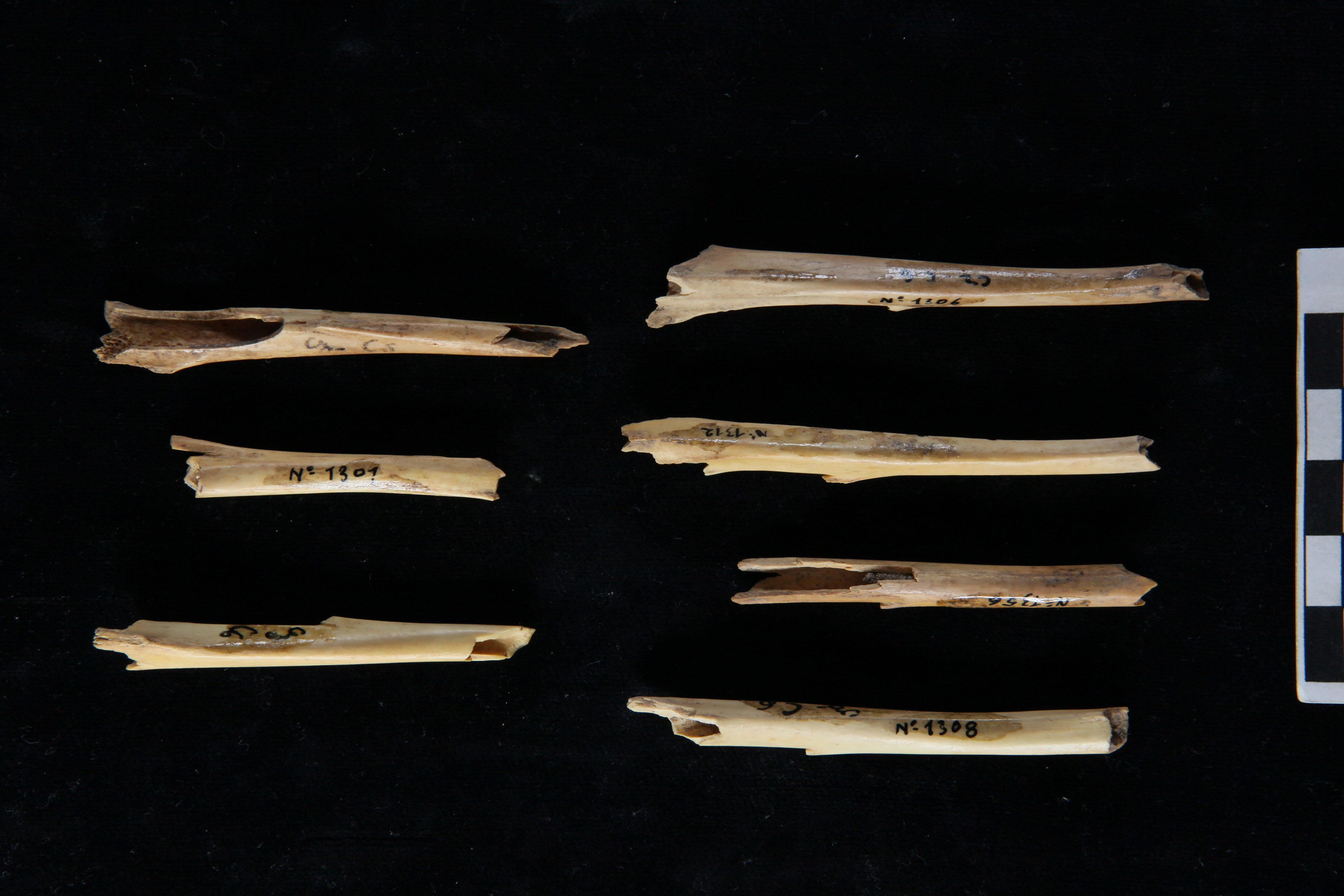
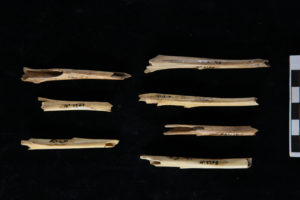
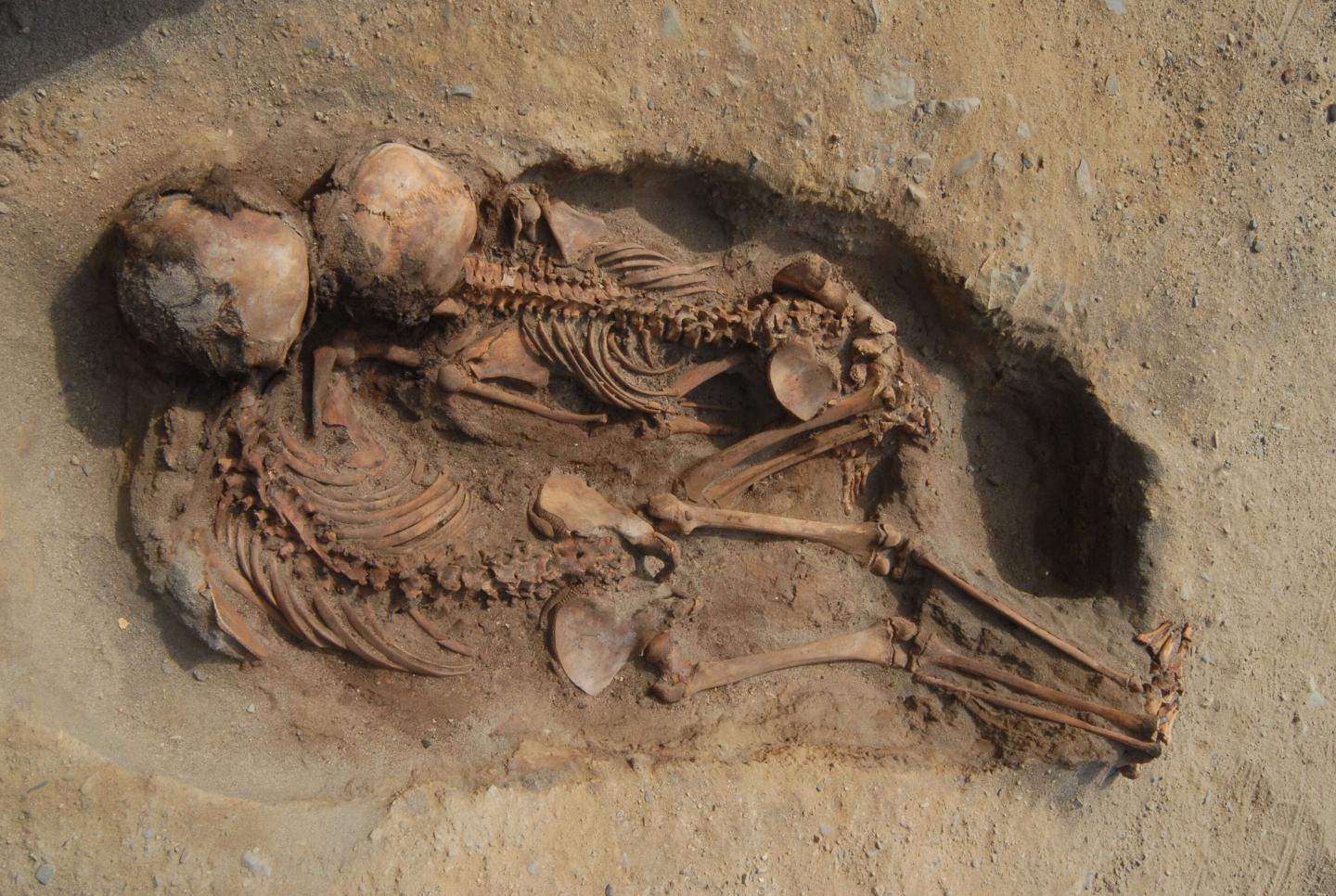
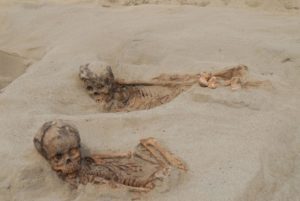
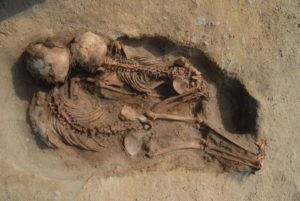

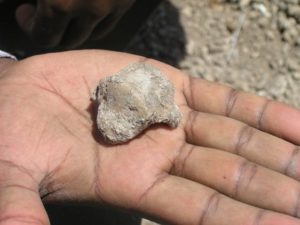
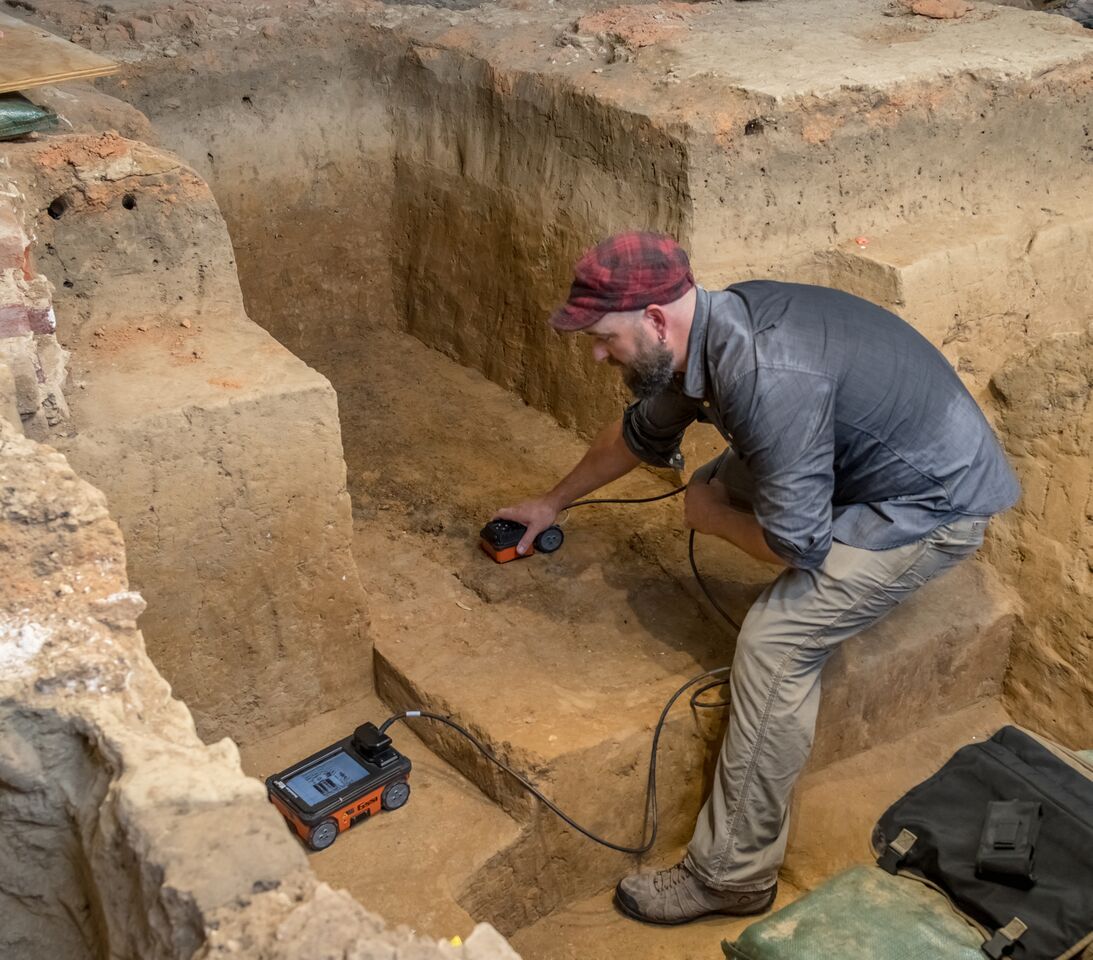
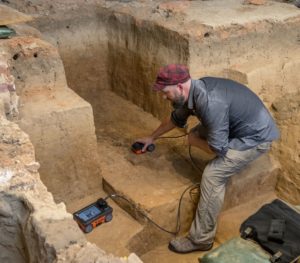


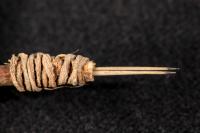 The tool consists of a 3 ½ inch wooden skunkbush sumac handle bound at the end with split yucca leaves and holding two parallel cactus spines, stained black at their tips.
The tool consists of a 3 ½ inch wooden skunkbush sumac handle bound at the end with split yucca leaves and holding two parallel cactus spines, stained black at their tips.